
Gondo: the scars remain

One year after a landslide ripped through the heart of the tiny Swiss border village of Gondo, the scars - both mental and physical - remain. In the centre of the village a dirty, brown swathe of rocks and uprooted trees serves as constant reminder of the tragedy which claimed 13 lives.
On Sunday, the people of Gondo gathered together for a memorial service led by the local priest, Josef Sarbach.
“With this ceremony we want of course to honour those who died, but also to think of those who were left behind,” Sarbach said during the service.
Gondo is being rebuilt, albeit slowly, and the groaning and grunting of heavy machinery continues to be heard above the steady stream of cars and lorries rumbling through its shattered main street.
Some travellers even stop to take pictures at the simple stone memorial commemorating the victims of the disaster.
Andrei Tscherrig, who runs the Valais Cantonal Bank opposite the Swiss-Italian border crossing, is one of the villagers who came back to live with the ghosts. Close by, in the tiny churchyard of San Marco, lie five of his relatives. His nephew, Martin Zenklusen, is buried a few kilometres up the road in the Simplon Dorf.
Bodies never found
Tscherrig lost his house, and for several hours believed he had lost his wife. She had been drinking coffee with five relatives but left minutes before 400 tonnes of mud and rock swept them away.
He was also the last person to speak to the village’s volunteer firefighters, Hermann and Gabriel Squaratti, who were on their way to inspect the flood damage at the bottom of the village when disaster struck.
Their bodies have never been found and on their grave, below a grinning picture of Hermann, it simply states “vermisst” or missing.
“You could say the village has lost its heart,” says Tscherrig. “This catastrophe, which struck last year, carried away the will to live. But we must struggle on with what we have left. We cannot expect miracles.”
As with other disasters, those who survive often ask themselves: “why me?”, and it is no different for the survivors of Gondo.
The occupants of three houses threatened by the rising waters of the Doveria were evacuated shortly after 8am. Two hours later their homes were reduced to rubble as a wall above the village, designed to prevent rock falls, burst with the weight of water and mud behind it.
Fears of another disaster
The village’s primary school teacher, Fanny Giromini, was one of those evacuated and recalls being airlifted to safety and looking down on the stricken village.
“It was unbelievable,” she remembers. “I could scarcely believe my eyes. As I looked down I could see there were no houses where we had been just a few hours earlier.”
Giromini returned to Gondo six months later with her husband and young son but says the fear remains that nature might strike again, especially when it rains heavily.
Sarbach says he has been amazed by the resilience of the people since the events of last October 14, but he admits the memories of last year are impossible to erase.
“The thing that really sticks in my mind is the arrival of the families in Simplon,” he recalls. “As they gathered it immediately became clear that some were complete while others were missing family members. It was incredibly difficult.”
Another memory is the first Mass held in the village church of San Marco, two weeks after the disaster. The mudslide missed the church by matter of metres and, for the duration of the service, life for the villagers was as it had always been.
Controversial emergency aid
But as soon as they stepped outside the sanctuary of its walls, they were once again confronted by scenes of devastation and horror. “It was heartbreaking to watch them,” says Sarbach.
“It is clear that a lot of hardship remains but we have set out with a great deal of courage and things are improving slowly. Life is more powerful than death and it is this which is keeping everyone going.”
The controversial issue of the SFr74 million raised by Solidarity Chain, set up in the wake of the disaster, has been the source of much debate among villagers and the Swiss media alike. Over the past 12 months, only SFr500,000 in emergency aid has been spent in Gondo.
At a packed press conference on Thursday in the flood-hit village of Baltschieder near Visp, the charity’s spokesman, Roland Jeanneret moved quickly to set matters straight. “This was not a collection for Gondo, but for the entire region,” he said.
In all, more than 30 communities in canton Valais suffered damage during last October’s floods at an estimated cost of SFr800 million, explained Jeanneret.
Gondo’s mayor Roland Squaratti, who lost two brothers, pleads for patience, arguing that it will take “ten years to put right what disappeared in ten seconds”.
He points out that the new defences currently going up around the village will cost SFr8-9 million, and only when they are completed can work begin on reconstructing the rest of the village at an estimated cost of a further SFr10-15 million.
“Today we are in the process of rebuilding the village and this new village will cost a lot of money,” he says. “Before we can start we need to complete the new safety defences. But so far the Solidarity Chain has given us everything we’ve asked for.”
by Adam Beaumont

In compliance with the JTI standards
More: SWI swissinfo.ch certified by the Journalism Trust Initiative










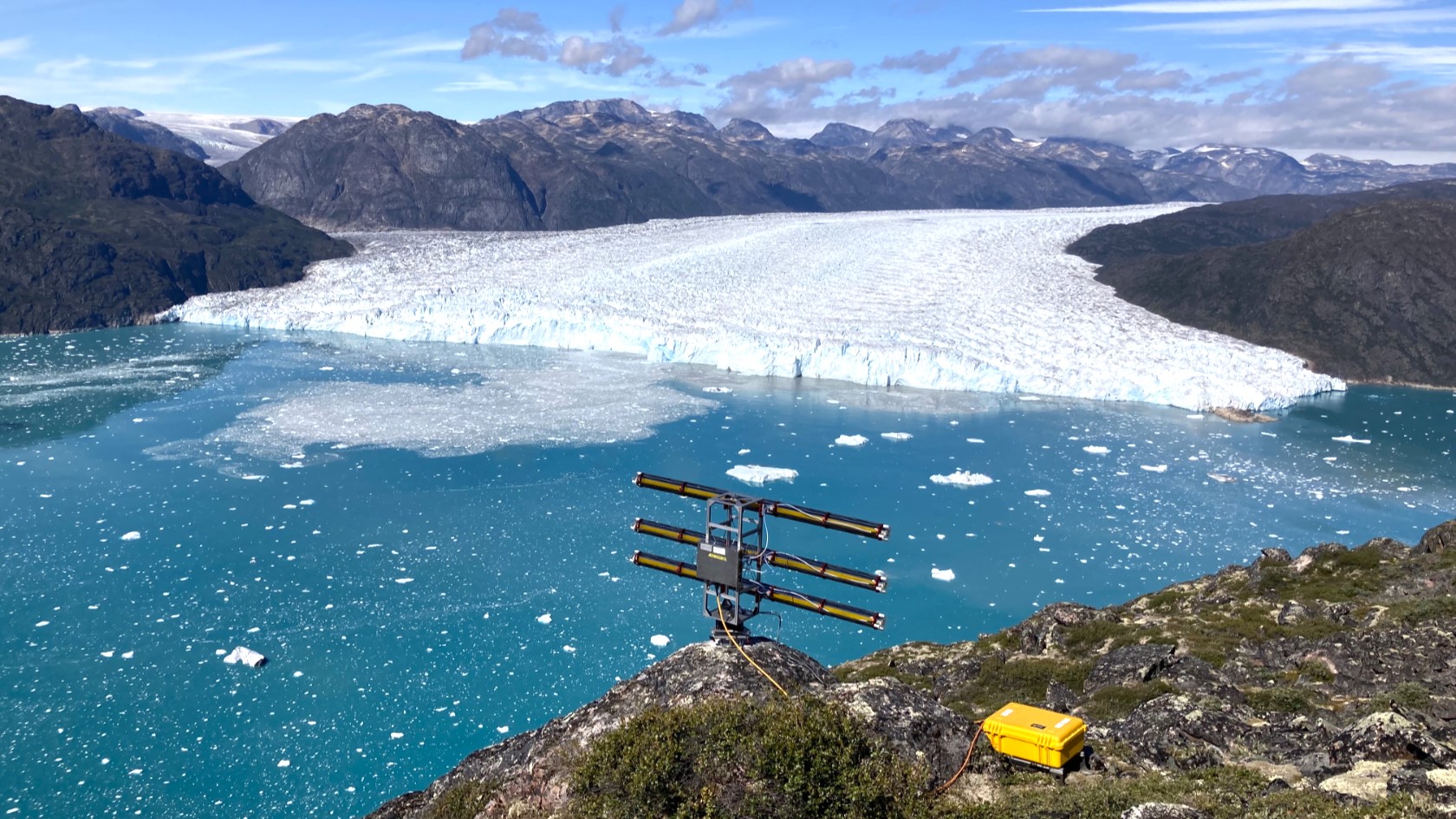

















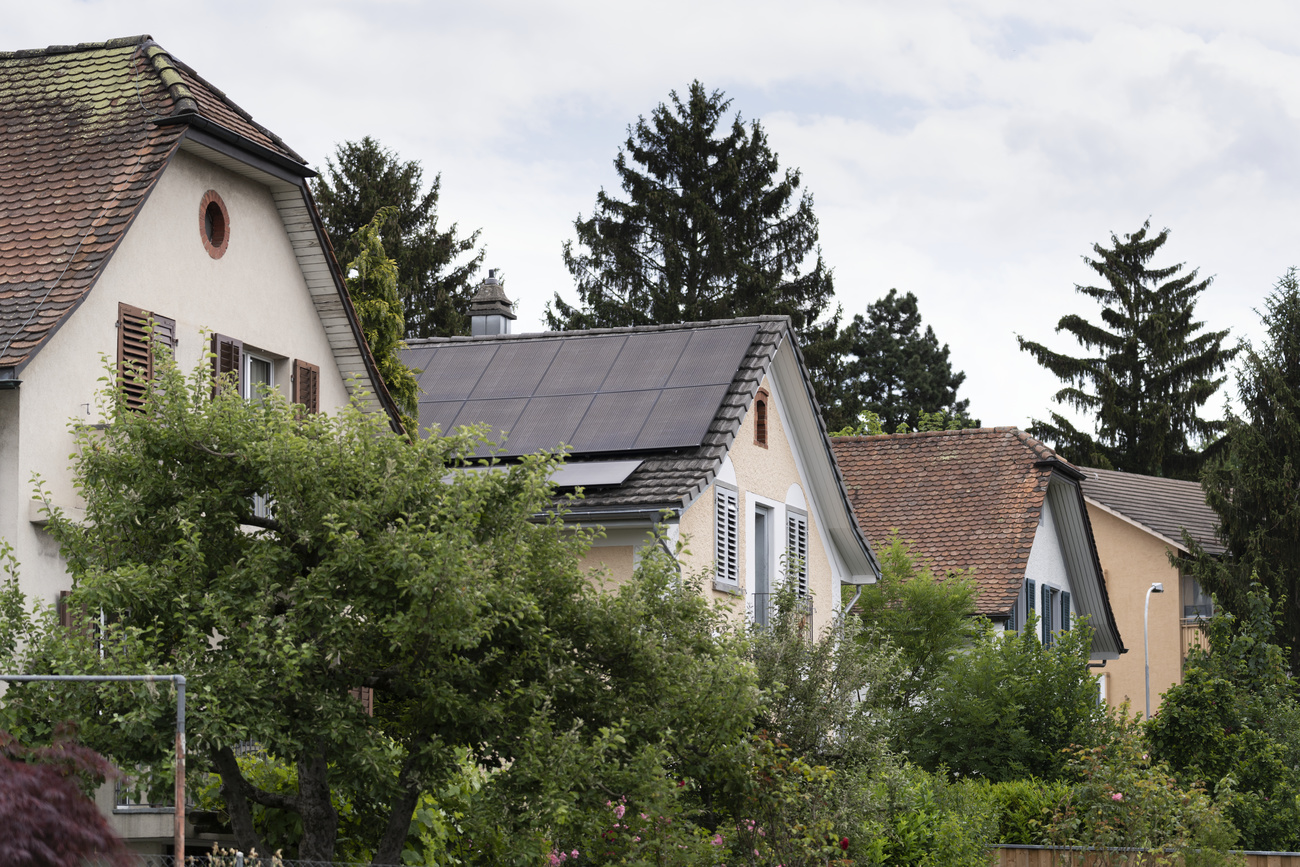




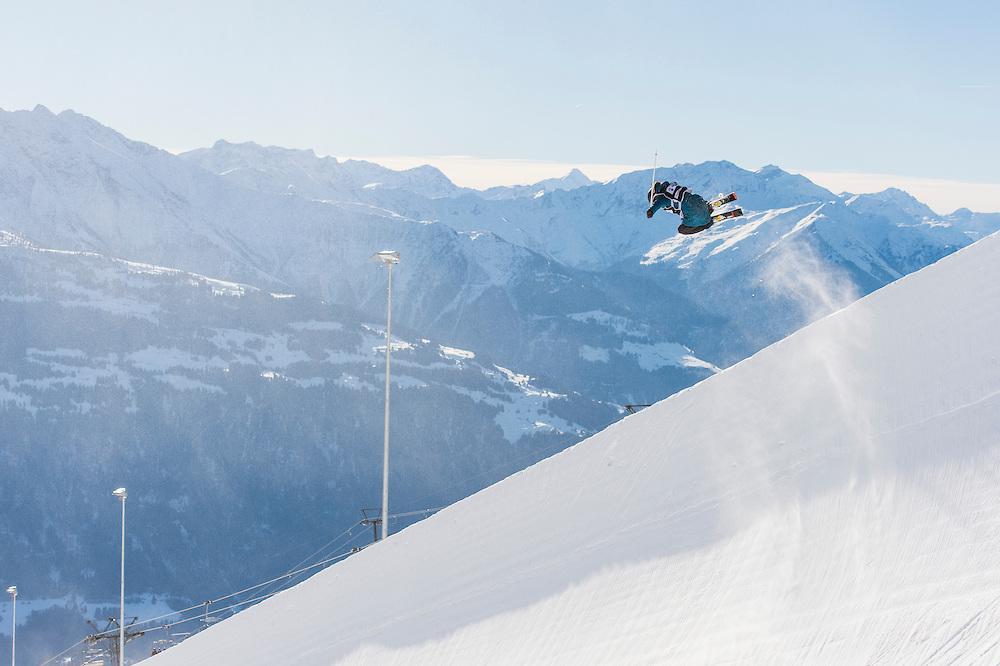
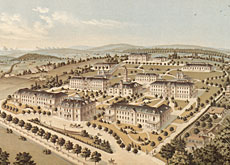

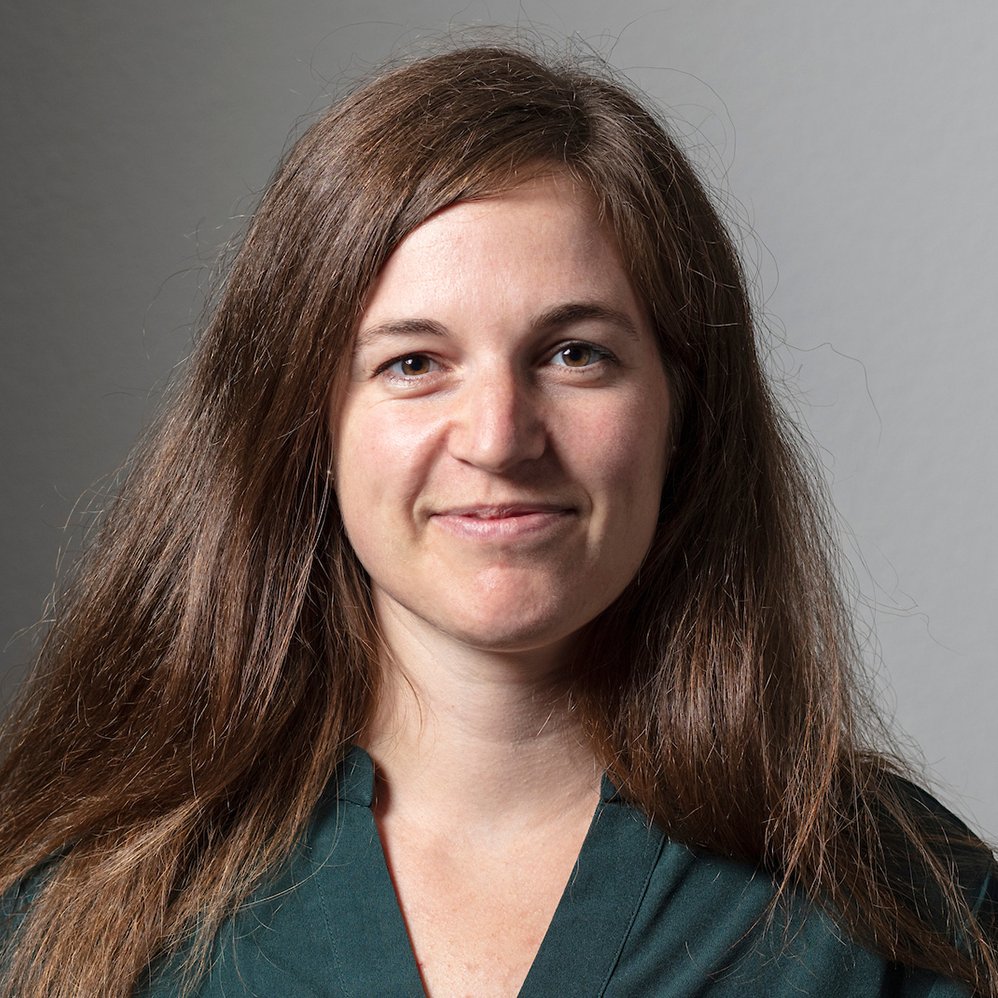
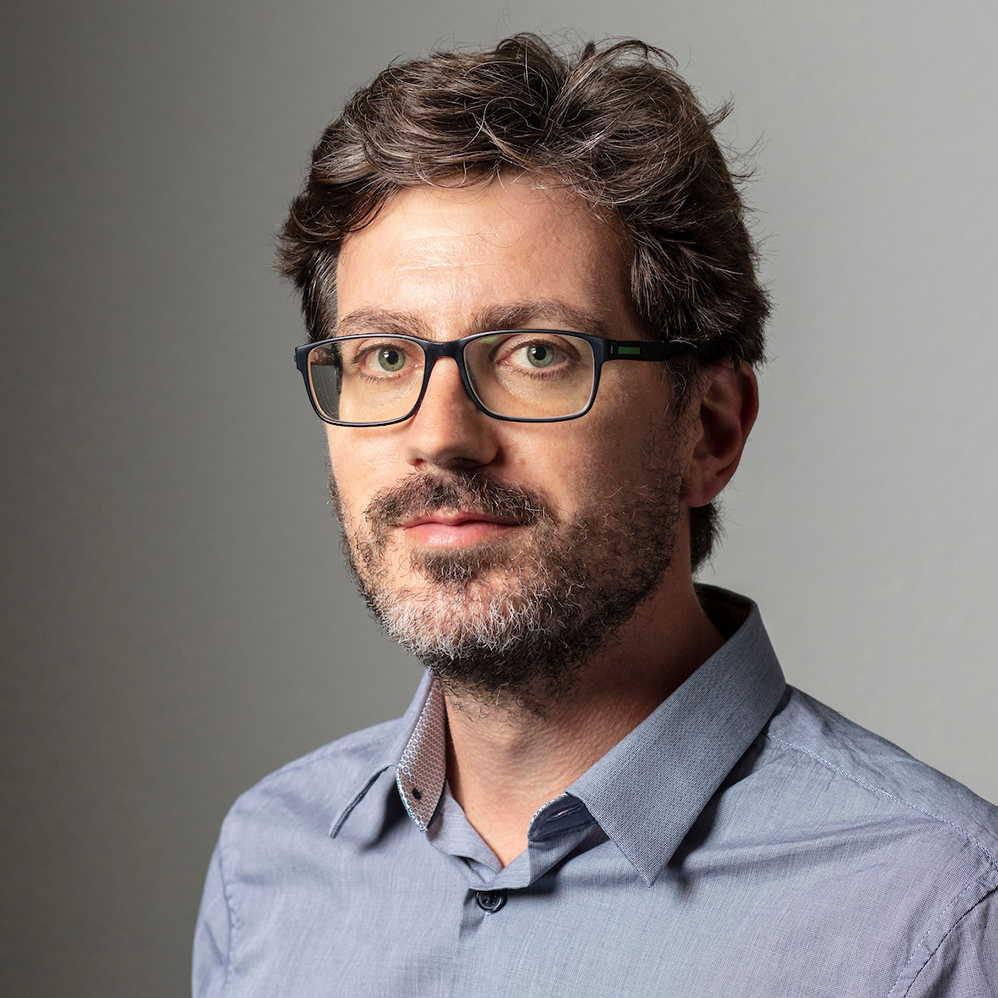
You can find an overview of ongoing debates with our journalists here . Please join us!
If you want to start a conversation about a topic raised in this article or want to report factual errors, email us at english@swissinfo.ch.